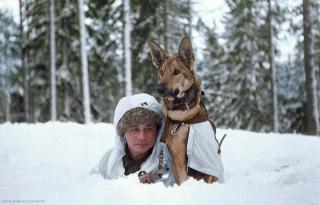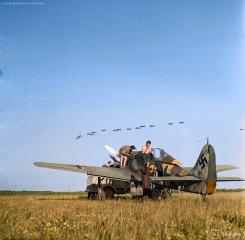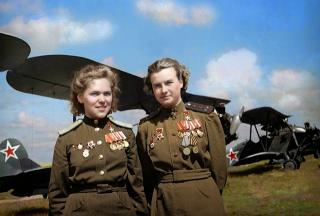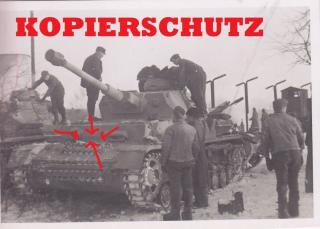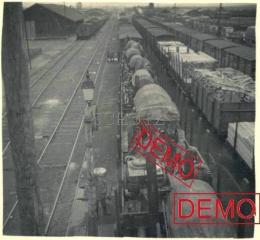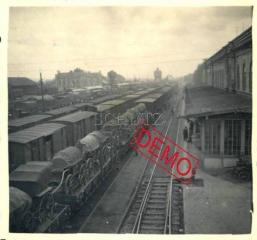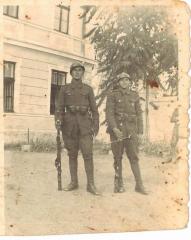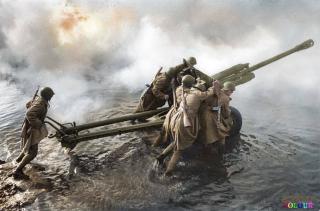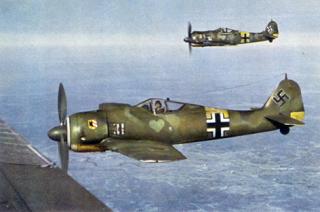Al Doilea Razboi Mondial in fotografii(a/n sau color) o"baza de date"comuna.
#1282

Postat 23 July 2015 - 12:58 PM
https://www.facebook...?type=1
#1283

Postat 26 July 2015 - 07:53 AM
 Longinus, la 23 July 2015 - 05:04 AM, a spus:
Longinus, la 23 July 2015 - 05:04 AM, a spus:
Poza este un fake.
Ca si asta, prezentata pa Axis History Forum ca adevarata, preluata de la un pasionat CF, de la noi, si modificata
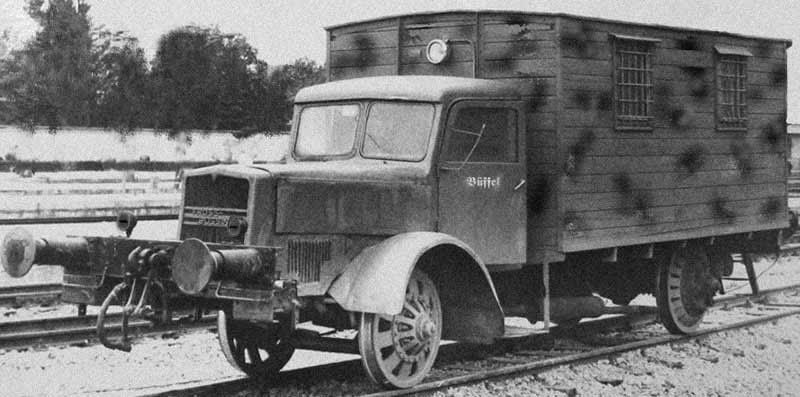

Dar ce nu se poate face, astazi, cu tehnica electronica, si prezentat ca real?
Spoor!
#1284

Postat 26 July 2015 - 10:44 AM
 LDH, la 26 July 2015 - 07:53 AM, a spus:
LDH, la 26 July 2015 - 07:53 AM, a spus:


Dar ce nu se poate face, astazi, cu tehnica electronica, si prezentat ca real?
Spoor!
Ehe, bunule LDH.
Or sa vada chinezii sau sud coreeni poza asta, si-or scoate un kit....de toata frumusetea.
Nu?
#1285

Postat 26 July 2015 - 12:53 PM
Cred ca au vazut-o si nu ar fi rau daca ar "umbla" la plastice.
Dan Iona Popescu (PDI) are o astfel de incercare la scara 1:87 si a reusit sa faca sasiul, cutia si cabina din rasina dar s-a oprit.
Sper sa termine masina ca s-o vedem si noi.
Spoor!
#1288

Postat 04 August 2015 - 04:42 PM
 kingtiger3002, la 03 August 2015 - 08:32 PM, a spus:
kingtiger3002, la 03 August 2015 - 08:32 PM, a spus:
Interesanta fotografia.
Stie cineva cate am avut in timpul WW II, unitate, numere, ... si culoarea in care au fost vopsite?
Ma intereseaza si alte detalii legat de Pz. IV din armata romana.
Multumesc
p.s.Nu am gasit, pe forum, ceva legat de Pz.-urile romanesti din WW II.
#1289

Postat 04 August 2015 - 05:34 PM
Dotarea armatei române cu Pz IV a fost destul de eterogenă.
Primele, de tip IV G, au fost 11 + 1 bucăți(unul pentru instruire) , cedate de armata germană in 1942 către Divizia 1 Blindată,pe care le-am pierdut rapid, la Stalingrad
( unul singur mai "respira", în '43).
Astfel fiind, nemții ne mai dau cca.130 de exemplare, H-uri, F-uri şi J-uri.
Până în toamna lui '44 le-am pierdut şi pe astea. Oricum , la sfârşitul războiului, mai "trăiau" doar două tancuri Pz IV româneşti.
Noii "aliați", după război, văzînd cam ce şi cum, ne-au mai pricopsit cu 50 de bucați, diverse Ausfhürungs(împreună cu câteva Panther-uri), capturate de la nemți desigur,dar care erau în fapt nişte gioarse, cedate rapid la fier vechi,prin '50.-unul dintr-astea, se află expus în curtea MMN.
Iaca,aşadar, pe scurt,epopeea lui Pz IV în dotare românească: per ansamblu, cca 200 de bucăți(192), diverse specificații.
Toate PzIV româneşti au fost s.h.
Vopsirea: cu siguranță dunkelgrau german - primele cedate direct pe front, mai târziu verde/oliv, mai ales alea primite de la ruşi.
Aceasta postare a fost editata de Longinus: 04 August 2015 - 05:53 PM
#1292

Postat 04 August 2015 - 07:04 PM
Am intrebat deoarece am patru astfel de masini, scara 1:87, transformate, cu ajutorul lui mecanno, in Pz.IV, cu teava lunga, din Ostwind-uri si au ramas nevospite pana astazi.
Banuiesc ca la aceasta scara diferentele intre variante nu sunt sesizabile decat sub lupa.
Oricum cand le vine randul sa fie finalizate am sa deschid un subiect si va astept cu sfaturi avand in vedere ca sunt total pe langa subiect.
Inca o data multumesc pentru lamuriri.
Spoor!
#1299

Postat 14 September 2015 - 09:22 PM
Poza:
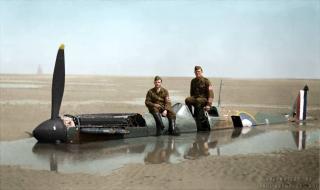
si istoria din spatele ei.
Two German members of the Organisation Todt (involved in the construction of the Atlantic Wall) are sitting on the Spitfire brought down on the wet sands at Calais by Flying Officer Peter Cazenove. It had been hit by a single bullet from a German Dornier bomber. The plane was consumed by the sandy beach and remained there for 40 years.
Dupa care:
One of the earliest Spitfires ever to go into action will go on sale for £2.5 million after spending 40 years buried in sand on the French beach it crashed on.
The Mark 1 version of Reginald Mitchell's famous design was among the first built in March 1940 but Spitfire P9374, once flown by an airman involved in the Great Escape, never made it to the Battle of Britain as it crash-landed in May 1940.
The fighter plane, dubbed the ballerina because of its grace in the skies, was being piloted by Flying Officer Peter Cazenove over Dunkirk when it was hit by a single bullet from a German Dornier bomber.
He was then captured by the Nazis and taken to the Stalag Luft III prisoner of war camp, famous for The Great Escape.
The plane became consumed by the sandy beach and remained there for the next 40 years. In 1980 the wreckage was discovered when part of it was spotted poking out from its sandy grave.
It was corroded and covered in barnacles but amazingly still intact. The plane was dragged from the beach and taken to the Musée de l'Air in Paris.
Sadly, Cazenove died just a few weeks before the Spitfire was discovered. Shortly before he passed away he is even said to have told his wife ‘I wonder whatever happened to my Spitfire'.
Spitfire P9374 is now flyable once more and will take to the skies again at IWM Duxford in the VE Day Anniversary Air Show on May 23rd and 24th 2015.
Aceasta postare a fost editata de Longinus: 14 September 2015 - 09:25 PM


 Ajutor
Ajutor



 Sus
Sus